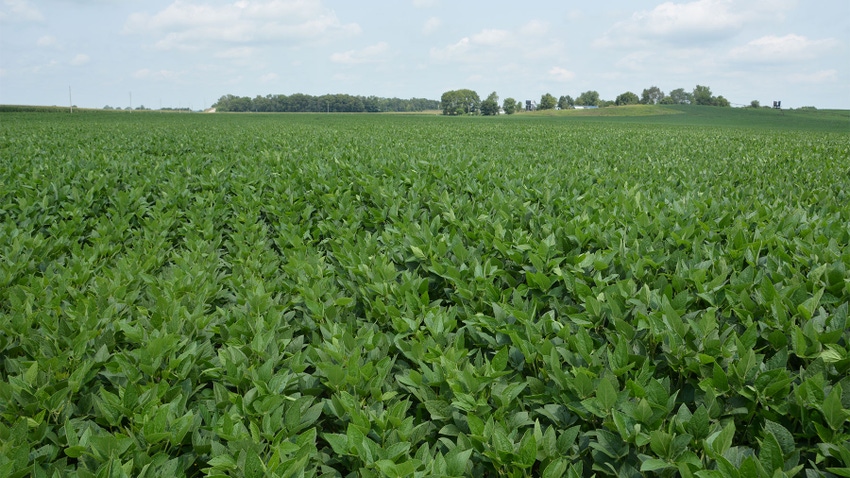
Adding sulfur to soybeans on certain soils paid off big for Shaun Casteel five years ago. Since then, he has looked at how to get the highest return from sulfur. His evaluations have included which products to use, rates per acre and when to apply.
“We’re getting some answers, but there is more to learn,” says Casteel, Purdue Extension soybean specialist. “This year’s trials brought more things to light. We planted the first plots in mid-April, earlier than we could ever have planted before.
“Yield benefit for the top sulfur treatment versus control, with no sulfur added, was 24 bushels per acre. That’s the largest response to sulfur we’ve observed in our plots. Plus, it was the first time we topped 100 bushels per acre for a treatment average in any of our soybean trials.”
Closer look at ’23 trial
The April-planted plots were on prairie soils at the Purdue Agronomy Center for Research and Education, or ACRE, near West Lafayette, Ind. Casteel says originally, he saw healthier responses on sandier soils in northern Indiana, but now he has observed responses on other soils too. He notes, however, that not every trial delivers a response every time.
Here are yield results for the April-planted plot at ACRE in 2023. The control with no sulfur applied was 77 bushels per acre. For ammonium sulfate, gypsum, urea plus gypsum and urea, yields in bushels per acre were 99, 99, 101 and 80, respectively.
“There was a slight bump for adding urea with gypsum, but just a minimal gain for urea alone,” Casteel observes. “The yield benefit comes from sulfur primarily, not from added urea.”
The same trial was repeated by planting on May 12, and then again in mid-June. For the May 12 planting date, yields for control, AMS, gypsum, ammonium thiosulfate, urea and gypsum, and urea alone were 75, 90, 90, 84, 93 and 77 bushels per acre.
“The yield advantage at the May planting date was closer to what we have observed for sulfur response over time,” Casteel says. “It turned dry in June, and there was basically no response to sulfur in the June planting.”
Takeaway points
Casteel offers these suggestions based on results to date:
Planting date. He believes the earlier you plant soybeans, the more likely you will see a response for sulfur. Why sulfur helps early-planted soybeans more is not yet fully understood. However, Casteel suggests it is likely tied to helping soybeans develop active nitrogen-fixing nodules sooner.
Sulfur type. There are differences in response, although several products tend to produce the desired benefits in soils that respond. Work continues on types of products, rates and application timing.
Soil type. Based on 2023 results, it’s clear that it’s possible to achieve very large benefits even on heavier soils where it was once thought sulfur wouldn’t produce yield responses. “The differences were visual during the season,” Casteel says. “Where soybeans respond to sulfur dramatically, you can see differences in side-by-side trials early in the season.”
On-farm tests. “Our best advice is that, especially if you plant soybeans early, try test strips in different fields,” Casteel says. “You may not see a yield response everywhere. But if your soils respond, the yield advantage could be significant.”
Read more about:
SulfurAbout the Author(s)
You May Also Like




